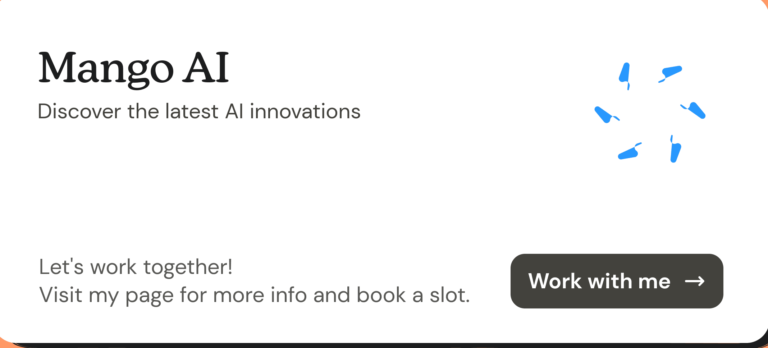What Is Room Scheduler? How it Works?
Managing spaces efficiently in a bustling environment is often a challenging task. Whether for meetings, events, or just finding a quiet place to focus, the need for an effective system is undeniable. Enter the concept of a room scheduler, a solution that blends technology and convenience to streamline the process of booking and managing rooms. This article delves into the workings of this system, exploring how it simplifies room management.
Understanding the Room Scheduler Concept
Fundamentally, it is an electronic device intended to make hotel reservations and facilities administration easier. It’s often integrated into an app, making it accessible and convenient. Users can view available spaces, book rooms, and even see the amenities each room offers, all from their smartphones or computers.
This system eliminates the need for traditional, manual booking methods, which are often time-consuming and prone to errors. The intuitive interface of such systems simplifies the process, making it user-friendly for people of all tech-savviness levels.
Effortless Booking at Your Fingertips
One of the most striking benefits of a space scheduler is the ease of use. Imagine planning a meeting and being able to book a room with just a few clicks. This system often includes features like real-time availability, customizable booking options, and automated confirmations.
Users appreciate this technology’s immediacy and accuracy, ensuring their meetings and events are scheduled without any hitches. The system can also provide reminders and updates, enhancing the overall experience by informing users. Moreover, it allows for easy modifications and cancellations, adding a layer of flexibility that traditional booking systems often lack.
Seamless Integration with Other Systems
The ability to integrate with other current systems is a key additional benefit. It can sync with calendar applications, email platforms, and building management systems. This integration ensures a harmonious ecosystem where everything is connected, providing a seamless experience for the user.
It’s not just about booking a room; it’s about creating an interconnected network that enhances overall efficiency. By syncing with other applications, users can avoid the hassle of manually updating multiple systems, thereby reducing the risk of errors. This integration also facilitates efficient resource management, ensuring that facilities are optimally utilized.
Maximizing Space Utilization
One often overlooked aspect of room scheduling systems is their ability to maximize space utilization. By providing detailed insights into room usage patterns, these systems can help administrators understand which spaces are underutilized or in high demand. This data is invaluable for making informed decisions about space management, potentially leading to cost savings and improved user satisfaction.
Furthermore, by analyzing trends over time, organizations can plan future space needs more accurately, ensuring that they are always prepared for changing demands. The data-driven approach also identifies peak usage times, enabling more strategic scheduling and resource allocation.
Enhancing User Experience and Efficiency
The ultimate goal of a space scheduler is to enhance the user experience. These systems reduce frustration and save time by simplifying booking and managing rooms. This efficiency translates into better productivity, as users spend less time managing logistics and focusing more on their primary tasks.
It’s a win-win situation for both users and administrators. The system’s ability to provide immediate feedback and support also adds to its effectiveness. Users can report issues or provide feedback directly through the app, ensuring that any problems are addressed promptly and efficiently.
Conclusion
Embracing a room scheduler in an app is a step towards a more organized and efficient way of managing space. By leveraging technology, organizations can streamline processes, improve user satisfaction, and use their spaces better. Adopting such creative solutions will be essential to remain ahead in terms of efficient resource management as workplaces continue to change. This system is not just a tool; it’s a game-changer in thinking about and managing shared spaces.







